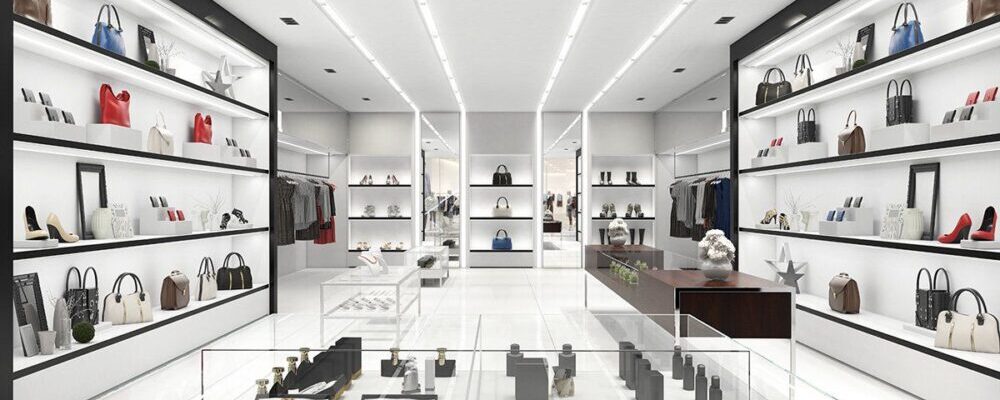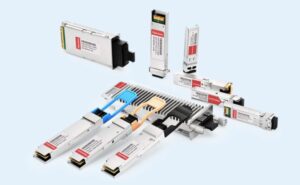Because of the shift in consumer behavior toward online purchasing, physical establishments have been compelled to think outside the box in order to give customers a reason to visit them. But how are you going to accomplish it?
While online shopping is a fast operation, it cannot replace the ambiance and feel of an actual store; therefore, companies must capitalize on this crucial aspect. Creating a welcoming environment for your retail location is a multi-faceted process with many variables to consider. However, retail lighting is one of the essential factors that must not go unnoticed.
Lighting plays a significant function in affecting the mood of a customer and bringing attention to specific products. Let’s take a closer look at the signs screaming that your store needs better lighting.
Different Types Of Lighting Used In Retail Stores
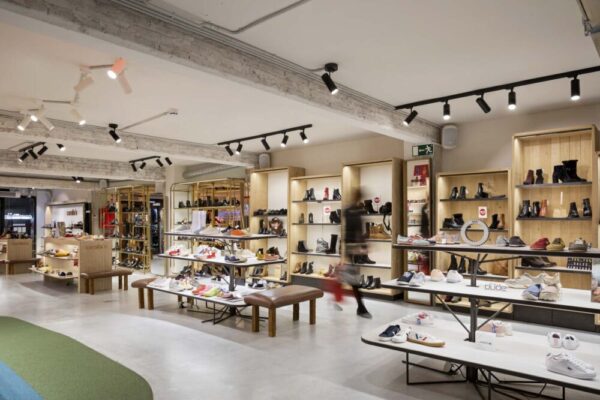
Lighting can create inspiring moods by combining two elements: light bulbs and light fixtures. Your store’s lighting requirements determine the method you utilize to couple them. To brighten their shop space, stores employ a mix of around four different lighting systems, which are as follows.
- Accent Lighting – Accent lighting draws attention to specific sections, décor, and exhibits throughout the retail business. The purpose of these lights is to make objects stand out and give them a sense of importance, such as the newest fall collection or your patent product.
- Task Lighting – Task lighting is concentrated lighting used to draw attention to areas within a room that require additional light for particular purposes or duties.
- Decorative Lighting – As the name implies, decorative lighting adds opulence to a room. This style of lighting can be achieved by employing creative or appealing fixtures.
- Ambient Lighting — The goal of ambient lighting is to help customers feel at ease in the retail outlet by providing enough light for them to comfortably move around while filling in the gaps between the lights used in shelves, counters, displays, and corners.
Why Does Your Store Need Better Lighting?
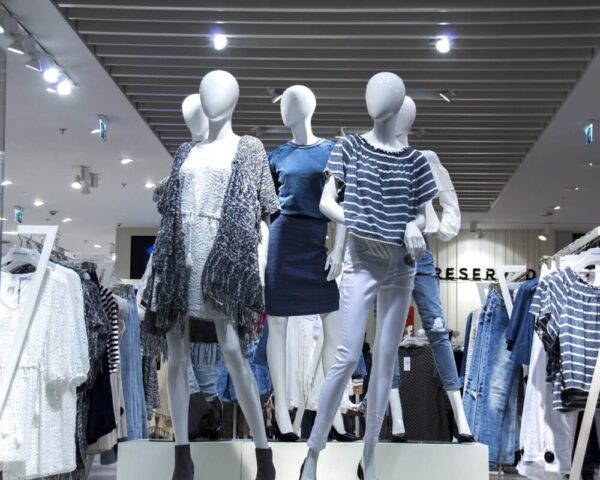
1. Your Store Is Not Attracting Customers
At each stage of a customer’s journey, retailers use different approaches. This trip begins with exterior window displays that draw shoppers inside to strategically placed displays.
Directed lighting employs a meticulously designed map of multicolored zones that guide customers to more desirable places like higher-end merchandise, sales, new product lines, and promotions. This lighting scheme encourages people to make spontaneous purchases.
The splendor of the light retailers use in displays and their chosen tones add to a shopping itch. Customers are typically drawn toward stores that are sufficiently bright as well as have contrast light. Blue light draws in more vagabonds, while warm-lit shops cause them to wait longer.
You can control your customers with different lighting strategies. You can incorporate vertical or layered lighting to give more prominent profundity and contrast spotlights and lighting headings to give more essential measurements and add excitement.
Highlight lighting is one more magnet for attracting eyeballs to a specific item or area. Using LED strip lights on shelves and under the countertop can also make a huge difference. You can get Lepro LED strip lights in various colors. Visit https://www.lepro.com/ to learn more.
2. Your Merchandise Doesn’t Look Good In The Current Lighting
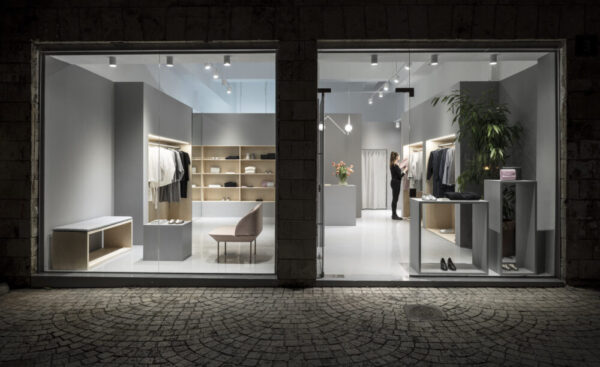
Merchandise appears to be quite different depending on the light source. Colors can appear richer, items can pop, and patterns can dazzle with the correct lighting. These same products seem bland in the wrong light.
It’s a make-or-break need to present things in the best possible light, at the proper angle, and with the right hue. Color distinctions have an impact on a brand’s status, including its perceived level of value, luxury, and quality.
3. You Are Not Getting Expected Customer Experience
Lighting has a significant impact on shopping behavior in a retail business, even if you aren’t aware of it. Lighting not only influences the ambiance of a store and encourages people to buy things, but it also influences how long they shop and whether they return.
A well-lit window display can even entice a potential consumer into the store for the first time. Proper lighting draws the customer’s attention to the clothing or products by bringing out the colors and textures, and ambient lighting can assist clients to feel at ease in your store.
4. Your Lighting Doesn’t Meet The Brand Strategy
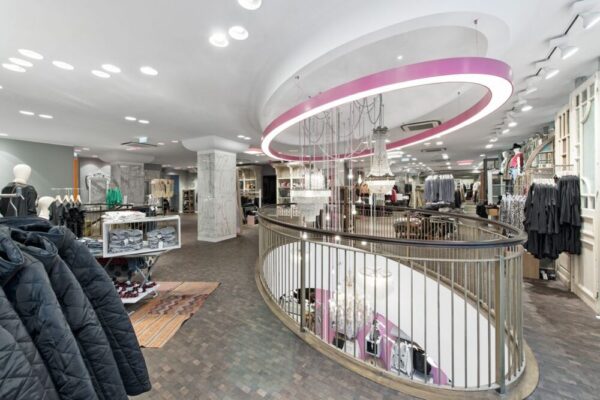
Modern lighting alternatives can supplement and accentuate a brand strategy by giving an additional medium of communication. Most higher-end goods, for example, are displayed on lighting shelves to highlight and contour the packaged product in retail cosmetics stores. Customers can pick out specific merchandise from the surrounding noise by highlighting select products (other products). Furthermore, architectural aspects such as accent lighting on bottom shelves attract casual consumers’ attention.
5. Your Sales Are Decreasing
Customers may want to spend more time exploring and trying on things in a luxury outlet for more thoughtful purchases in order to get the most out of their time there. According to studies, muted illumination encourages customers to shop at their leisure.
High-activity lighting, which delivers intense light to an entire area, can stimulate customers to think fast and make impulse purchases in crowded high-street businesses when things are priced at the lower end of the range.
Task lighting is a type of indoor lighting that illuminates certain places and can be utilized in specific areas of the store where customers need to try on garments or examine electrical items. It’s also utilized at entrances and checkouts. It’s crucial, though, that the illumination isn’t too harsh.
Lighting helps to highlight things and makes them sparkle in ways that natural light cannot. The lighting influences the way we see a product and decide whether or not to buy it.
Conclusion
A well-lit store does not relate to a single source of illumination; rather, it might refer to a variety of lighting options. Combining several types of solutions (provided they are required by your store) might be quite advantageous. As a result, never underestimate the impact of a well-lit retail environment!

